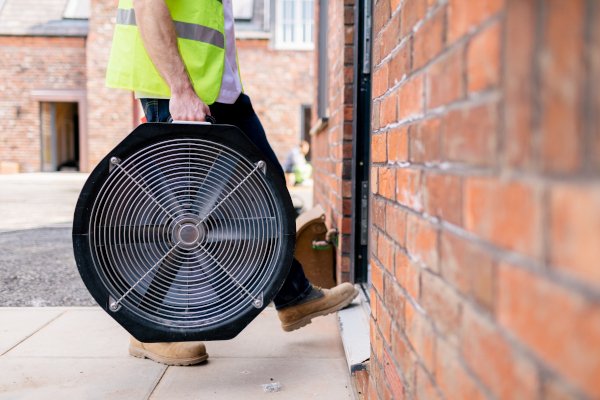Boost Your Building's Energy Efficiency with Air Tightness Testing
Air tightness is a critical aspect of building design that has a significant impact on energy efficiency and indoor air quality. In recent years, building regulations and energy efficiency standards have become increasingly stringent, making it essential for architects and contractors, as well as building owners and operators to ensure that their buildings are air tight. In this article, we will discuss the importance of air tightness testing in relation to building regulations and energy efficiency.
What is air tightness in UK building regs?
In the UK, building regulations require that buildings are constructed to be air tight to minimise heat loss and improve energy efficiency. The UK Building Regulations Approved Document L sets out the minimum requirements for energy efficiency in new and existing buildings.
Is air tightness testing mandatory?
Air tightness testing is now mandatory in the UK for all new buildings and some existing buildings. For new builds, air tightness testing is required to demonstrate compliance with building regulations. For existing buildings, air tightness testing may be required as part of a retrofit or energy improvement project.
What is the air tightness for building regulations Part L?
Part L of the UK Building Regulations specifies the air permeability requirements for new buildings. The current air tightness target for new buildings is set at 8m³/(h.m²) at 50 Pa pressure difference, though many buildings will be below this to comply with the SAP calculation. This means that the building envelope should not leak more than 8 cubic meters of air per hour for every square meter of building envelope area at a pressure difference of 50 Pascals.
Do all new builds need an air test?
Yes, all new builds are required to undergo air tightness testing to demonstrate compliance with building regulations. The test must be carried out by a qualified and accredited air tightness testing company, and the results must be submitted to the building control body.
When should air tightness test be done?
Air tightness testing should be carried out once the building envelope is complete, but before the internal finishes are installed. This allows any air leakage areas to be identified and sealed before the building is occupied. The test can be carried out at different stages of construction, such as following second or simply upon completion, depending on the requirements of the building regulations or the project specifications.
In conclusion, air tightness testing is an essential part of ensuring compliance with building regulations and improving energy efficiency in buildings. It is mandatory for all new buildings and may be required for existing buildings undergoing retrofit or energy improvement projects. Architects and contractors, as well as building owners and operators should consider air tightness testing as a cost-effective way to improve the energy efficiency and comfort of their buildings.


